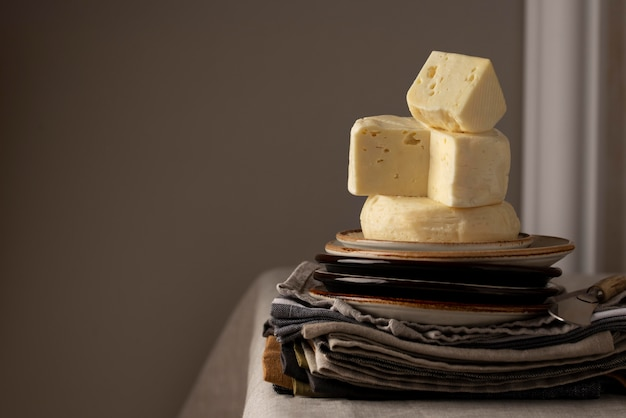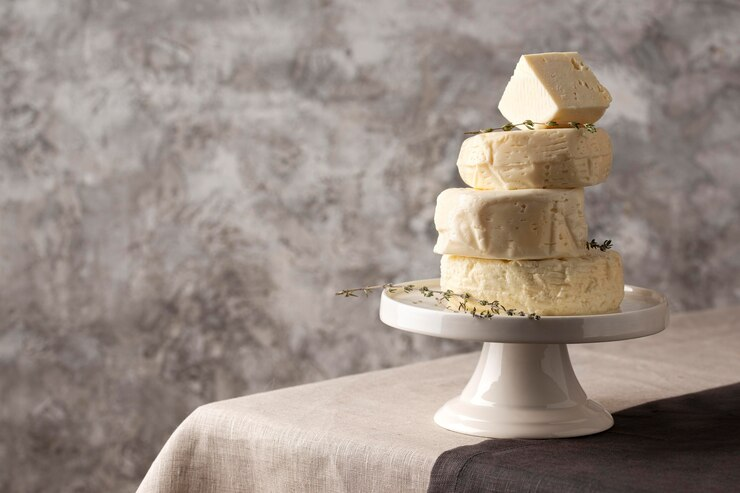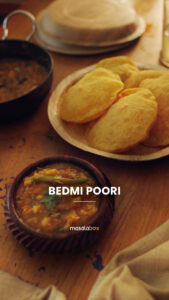Paneer and cheese are delicious, versatile, and easy to make at home. But how do you know which one to use when? In this article, we’ll explain the difference between paneer and cheese so that you can pick the right product for your recipe.


Paneer is fresh, unsalted, uncured cheese.
Paneer is fresh, unsalted, uncured cheese, while cheese can be fresh or aged.
To make paneer, you need:
- 1 litre of milk (full cream)
- ¼ teaspoon of citric acid dissolved in 1 tsp water
- 2 tbsp lemon juice or vinegar (lemon juice is healthier and more natural than vinegar)
Pour the milk into a heavy bottom pan and heat it slowly on medium flame. Once the milk starts to boil, add citric acid solution to it and stir gently for about 2 minutes till the curd becomes soft. Now drain all but one cup of whey from this mixture using a fine mesh strainer lined with a muslin cloth so that we have only solid mass left behind in our bowl, giving us paneer after pressing later. Discard the remaining liquid portion completely, as you don’t want fat elements in your paneer-making process!
Further Reading: Veg Momos: A healthier alternative
Paneer is a fresh cheese with a mild, neutral taste, while cheese is aged and can have a strong, sharp taste.
Paneer is fresh and has a mild neutral taste, while cheese can be fresh or aged. The word “paneer” comes from the Persian word for milk, which was adopted by Indian languages as well. In contrast, cheese is an English word derived from the Latin term causes meaning “cheese.”
The Difference Between Cheese And Paneer
However, it’s important to note that some examples of paneer are aged—the main difference here is how long they’ve been ageing: it will always be fresh (unaged), while cheese can either be fresh or aged.
Further Reading: For all peri peri lovers, try out this delicious peri peri paneer pakoda and share it with your family and friends.
Paneer goes from cow to block in a matter of hours, while cheese may take weeks, months or even years to make.
While they start with milk, they take different paths once made. Paneer is an unaged fresh cheese, while cheese is an aged hard form that can be soft or crumbly. This ageing process can take anywhere from a few weeks to years!
Paneer goes from cow to block in a matter of hours because it isn’t heated as part of the process. Instead, all you have to do is press out any excess water and press it into a square shape before baking it in hot oil until golden brown on all sides. The result? A completely firm block of paneer that’s ready for your recipes!
You can make paneer at home with the right tools, but it is much easier to find paneer made locally than to find local cheeses.
They both can be made at home if you have the right tools, but it’s much easier to find paneer made locally than to find local cheeses.
Cottage chese is also easier and faster to make than cheese. It takes just 20 minutes of active work, while you may need an entire day for many types of cheeses.


Further Reading: Authentic Chole Bhature recipe
Conclusion
Paneer and cheese are both dairy products, but they have some important differences. Paneer is a fresh, unsalted, uncured cheese made from whole milk coagulated with lemon juice or vinegar. Cheese is age and can have a strong, sharp taste as well as high-fat content. The process of making paneer takes hours, while the process of making it may take weeks or months, depending on its type.
Order Food Online
Fortuna Casino domy-praha4.cz/fortuna-recenze. nabízí hráčům možnost hrát oblíbenou karetní hru Blackjack. Blackjack, také známý jako 21, je jednou z nejoblíbenějších kasinových her a Fortuna Casino poskytuje hráčům prostředí, ve kterém si mohou užít tuto vzrušující hru.
Blackjack ve Fortuna Casino je k dispozici ve variantách, které odpovídají různým hráčským preferencím. Hráči mohou si vybrat mezi klasickým blackjackem a různými odvozenými variantami, které nabízejí různé pravidla a zážitky. Hra se hraje proti krupiérovi a cílem je získat kombinaci karet, která se co nejvíce přibližuje hodnotě 21, aniž by ji překročila.
Fortuna Casino poskytuje hráčům realistické prostředí pro hraní Blackjacku s kvalitní grafikou a zvukovými efekty. Hráči mohou využít různé sázkové možnosti a strategie, aby maximalizovali své šance na výhru. Kasino také často nabízí speciální bonusy a promoakce spojené s hraním Blackjacku, které mohou hráčům přinést další výhody a zvýšit jejich zábavu.












3 Comments